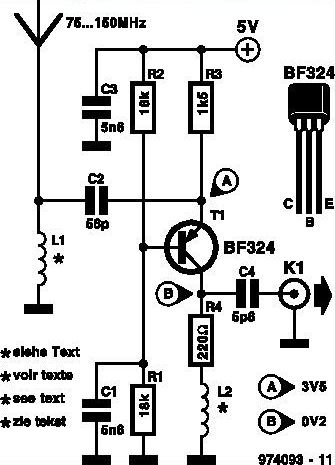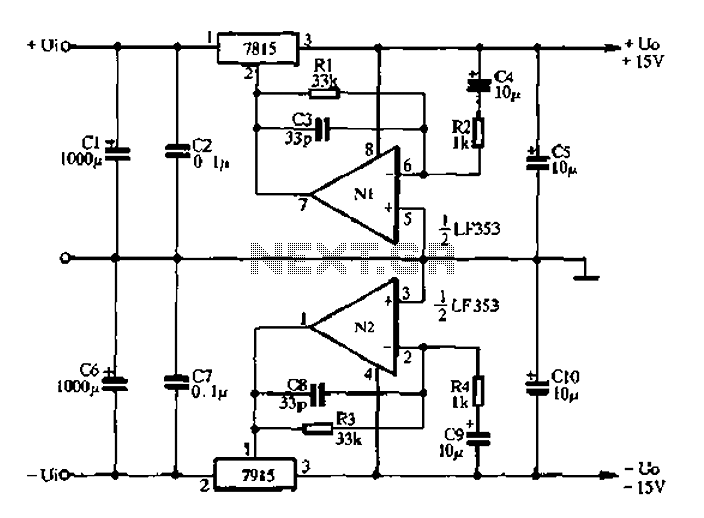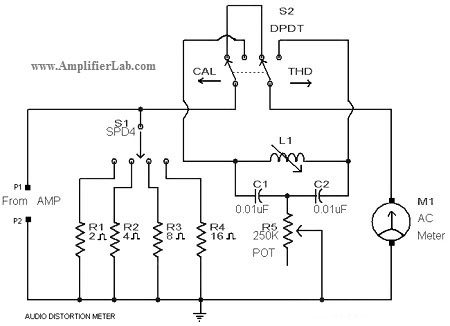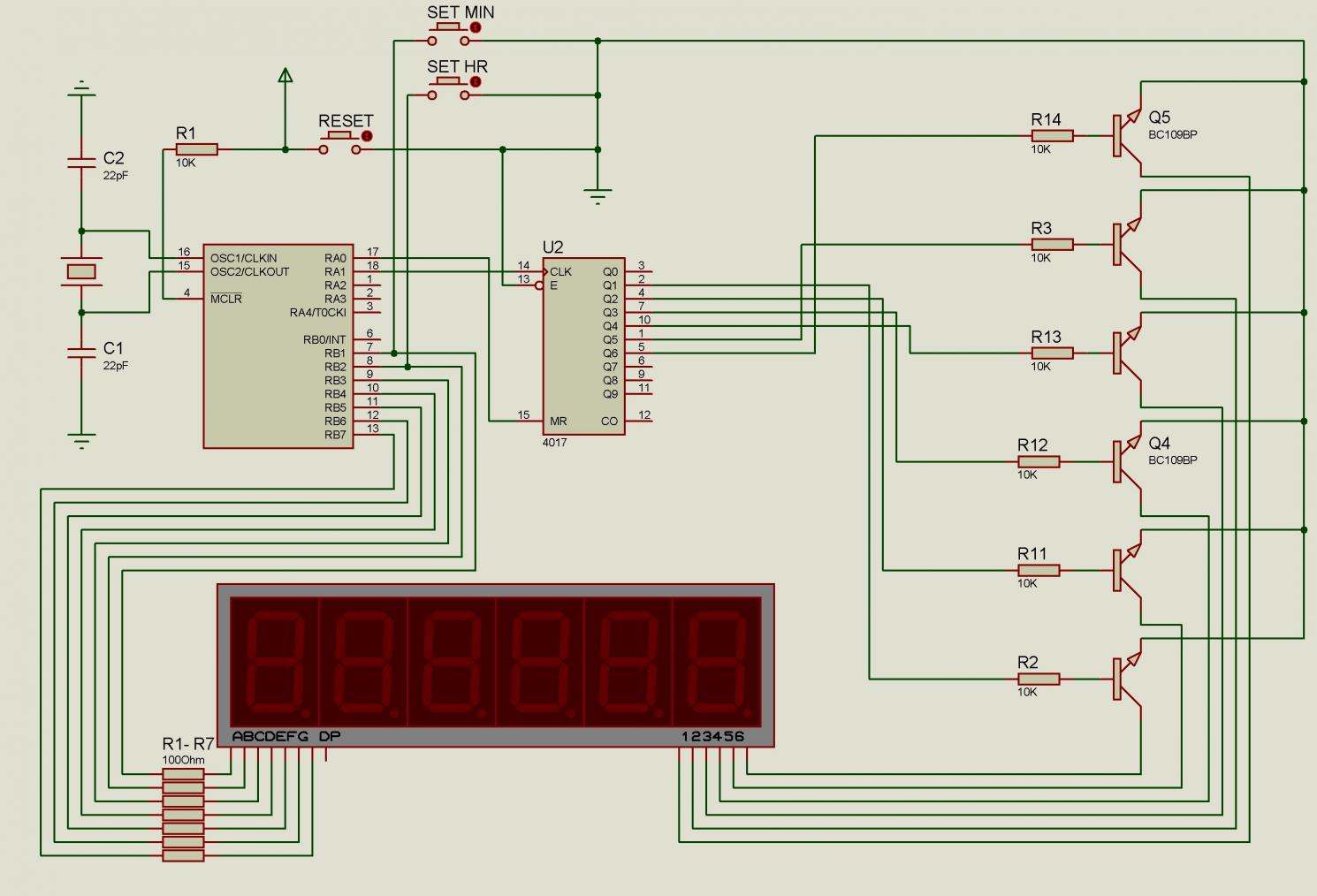
Relay Fuse For Power Supplies Circuit
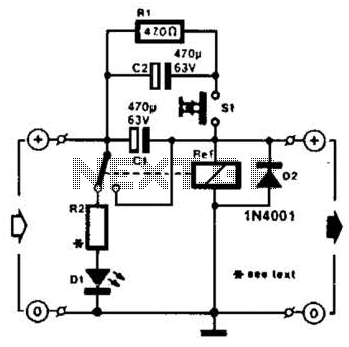
A method of adding overload protection to a power supply using a relay is shown. In each circuit, the relay must be reset by a momentary switch using a charge on capacitor C2. This prevents overload if the short still exists.
The described circuit employs a relay to provide overload protection for a power supply system, ensuring safe operation under fault conditions. The relay acts as a switching device that disconnects the load from the power supply when an overload condition is detected. This is crucial for preventing damage to both the power supply and the connected components.
The circuit includes a capacitor, designated as C2, which plays a vital role in the relay reset mechanism. When an overload occurs, the relay is activated, opening the circuit and cutting off power to the load. To restore power, the relay must be reset. This is accomplished through a momentary switch that discharges the stored energy in capacitor C2. The capacitor is charged during normal operation, and when the momentary switch is pressed, it releases its stored charge, allowing the relay to return to its original state.
The design ensures that even if a short circuit persists, the system remains protected. The momentary switch provides a manual reset capability, allowing the operator to safely restore power after addressing the underlying issue. This method enhances the reliability of the power supply by incorporating both automatic protection and manual reset features, making it suitable for various applications where overload conditions may occur. A method of adding overload protection to a power supply using a relay is shown. In each circuit, the relay must be reset by a momentary switch using a charge on capacitor 02. This prevents overload if the short still exists.
The described circuit employs a relay to provide overload protection for a power supply system, ensuring safe operation under fault conditions. The relay acts as a switching device that disconnects the load from the power supply when an overload condition is detected. This is crucial for preventing damage to both the power supply and the connected components.
The circuit includes a capacitor, designated as C2, which plays a vital role in the relay reset mechanism. When an overload occurs, the relay is activated, opening the circuit and cutting off power to the load. To restore power, the relay must be reset. This is accomplished through a momentary switch that discharges the stored energy in capacitor C2. The capacitor is charged during normal operation, and when the momentary switch is pressed, it releases its stored charge, allowing the relay to return to its original state.
The design ensures that even if a short circuit persists, the system remains protected. The momentary switch provides a manual reset capability, allowing the operator to safely restore power after addressing the underlying issue. This method enhances the reliability of the power supply by incorporating both automatic protection and manual reset features, making it suitable for various applications where overload conditions may occur. A method of adding overload protection to a power supply using a relay is shown. In each circuit, the relay must be reset by a momentary switch using a charge on capacitor 02. This prevents overload if the short still exists.
